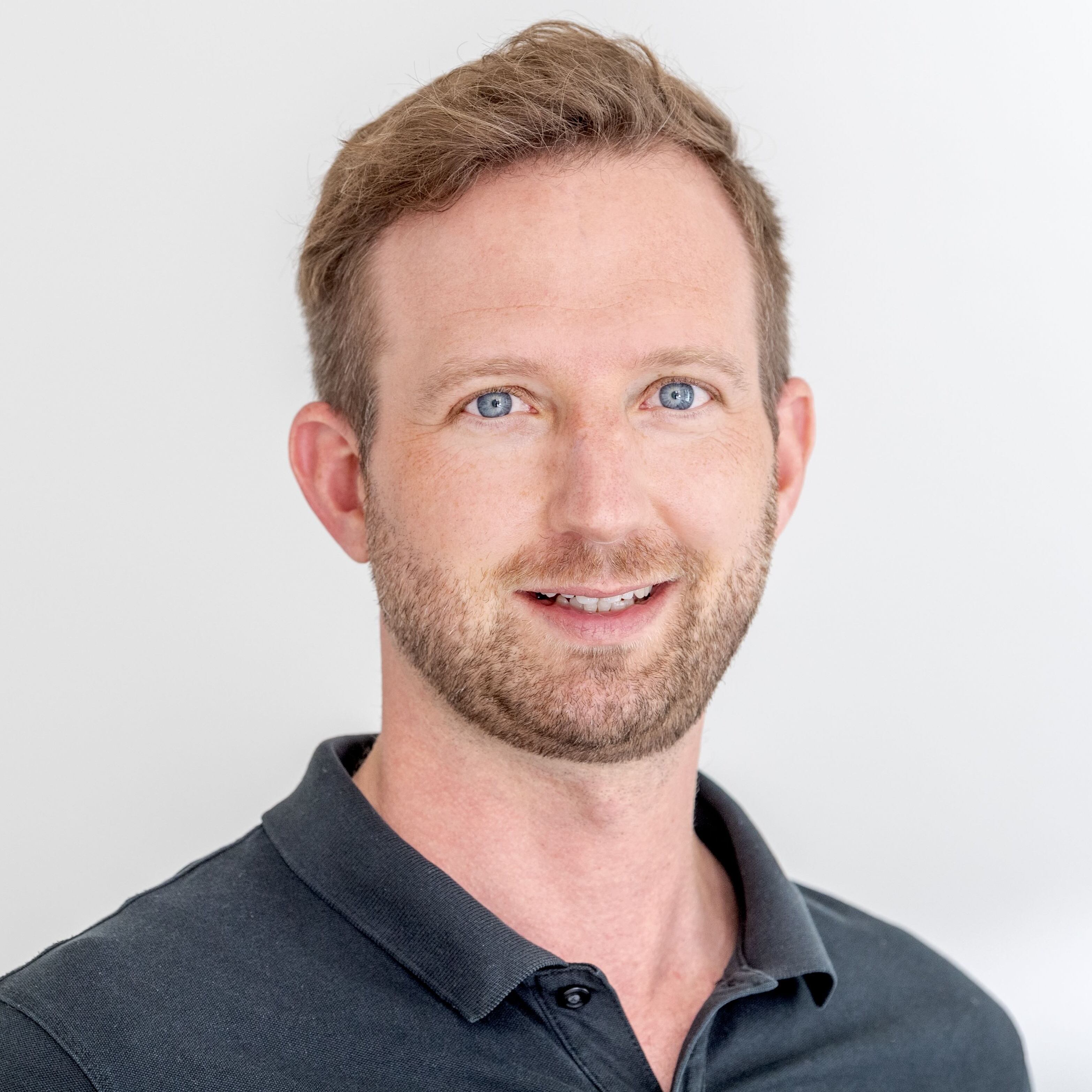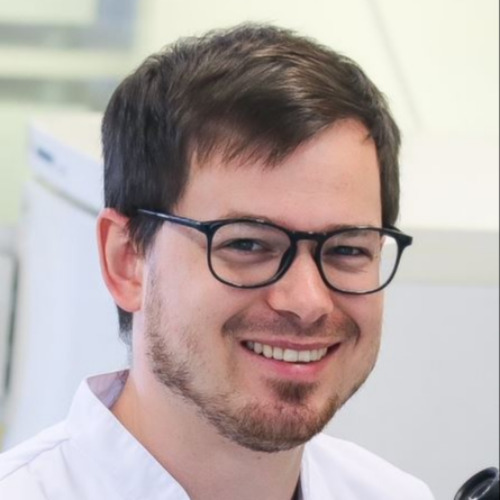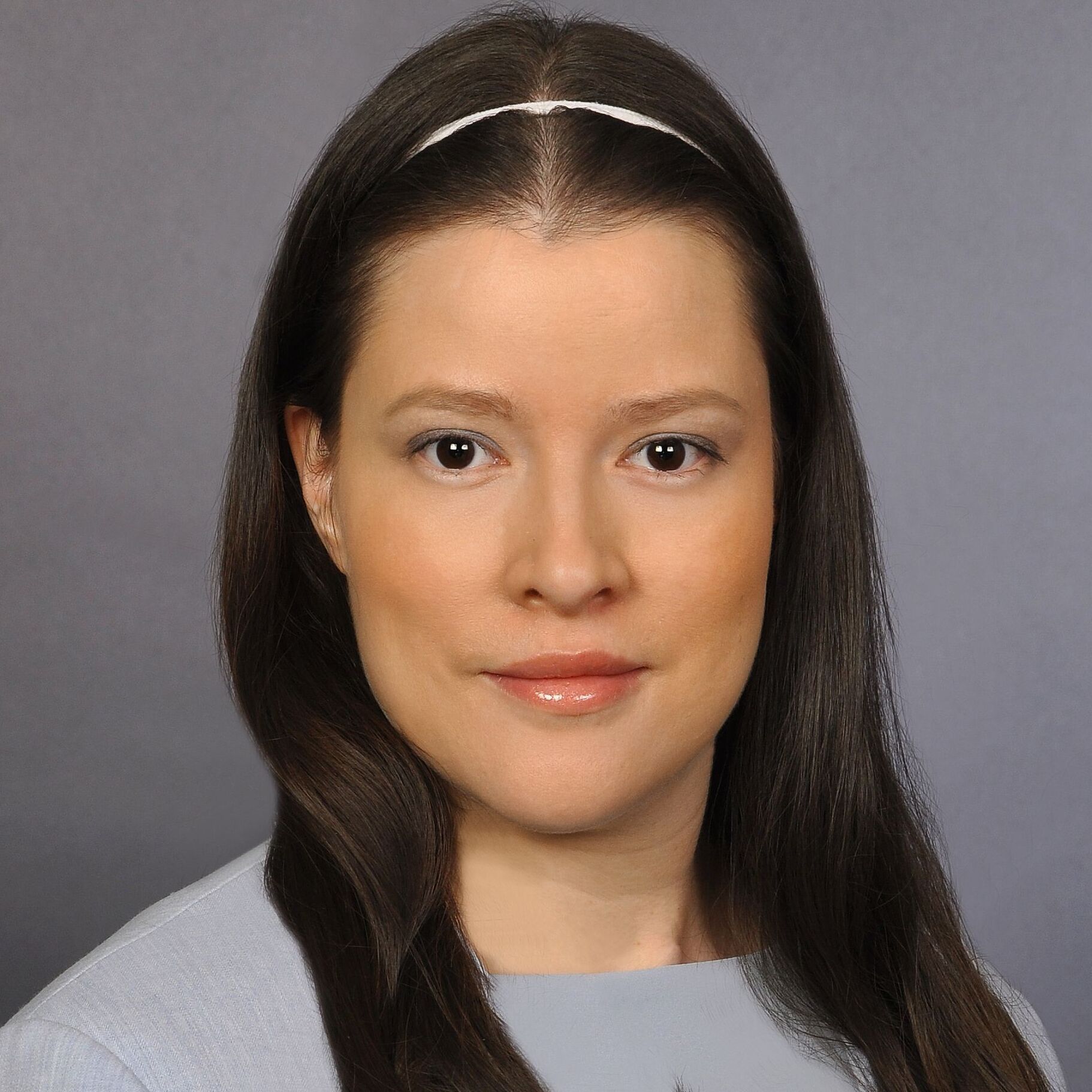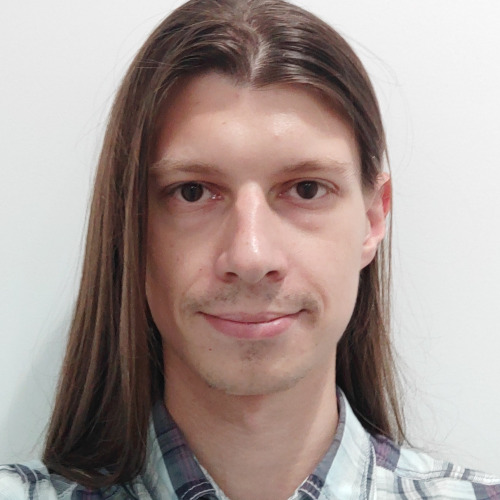Our lab investigates how the immune system functions in health and diseases such as cancer and viral infections, with a particular focus on understanding the spatial organization, cellular dynamics, and molecular determinants of immune responses in tumors and barrier tissues. We aim to decipher how immune cells act and cooperate within these complex environments, how their function is shaped by local tissue signals and the interaction with immune and non-immune cells, and how tumors exploit these mechanisms to evade immune attack.
To achieve these aims, we integrate advanced immunological approaches, high-resolution imaging, single-cell and spatial transcriptomics and computational modelling into our work. We collaborate closely with an interdisciplinary network of researchers at the University of Tübingen and international partners, combining expertise from oncology, immunology, bioinformatics, and systems biology to drive biological discoveries and therapy invention. Our aim is that our work will help to identify new strategies and molecular targets for better cancer therapies and vaccines, and to identify new avenues to prevent and control immunopathologies.




